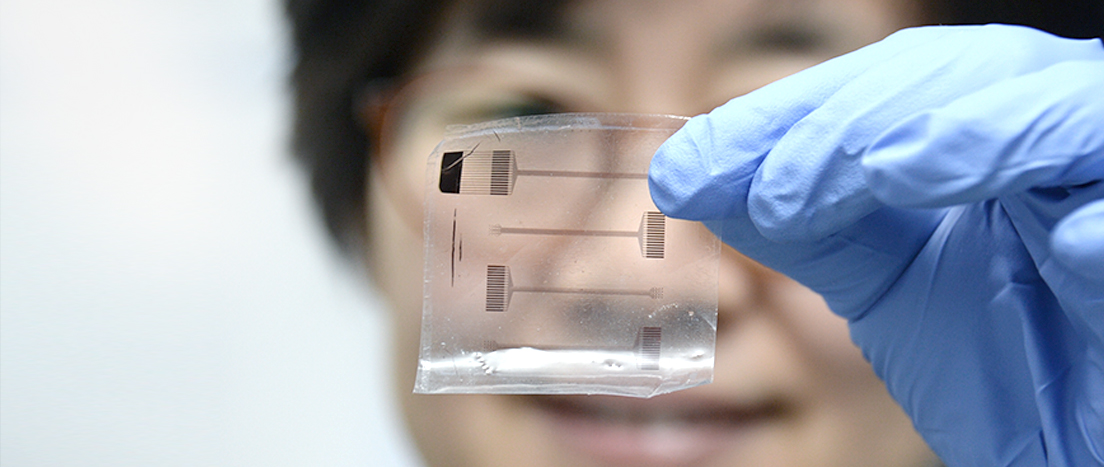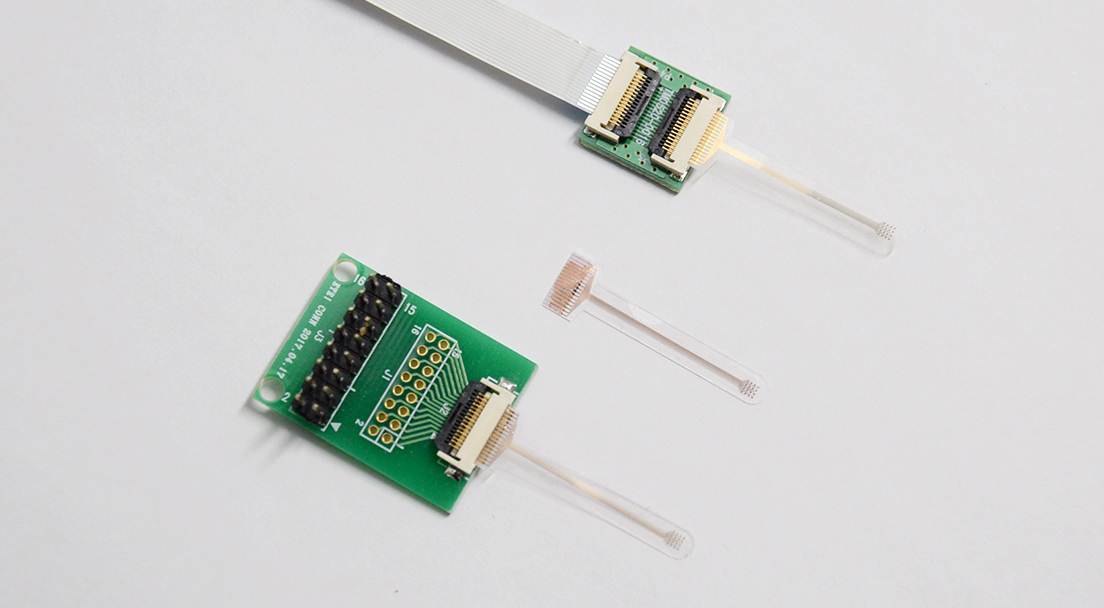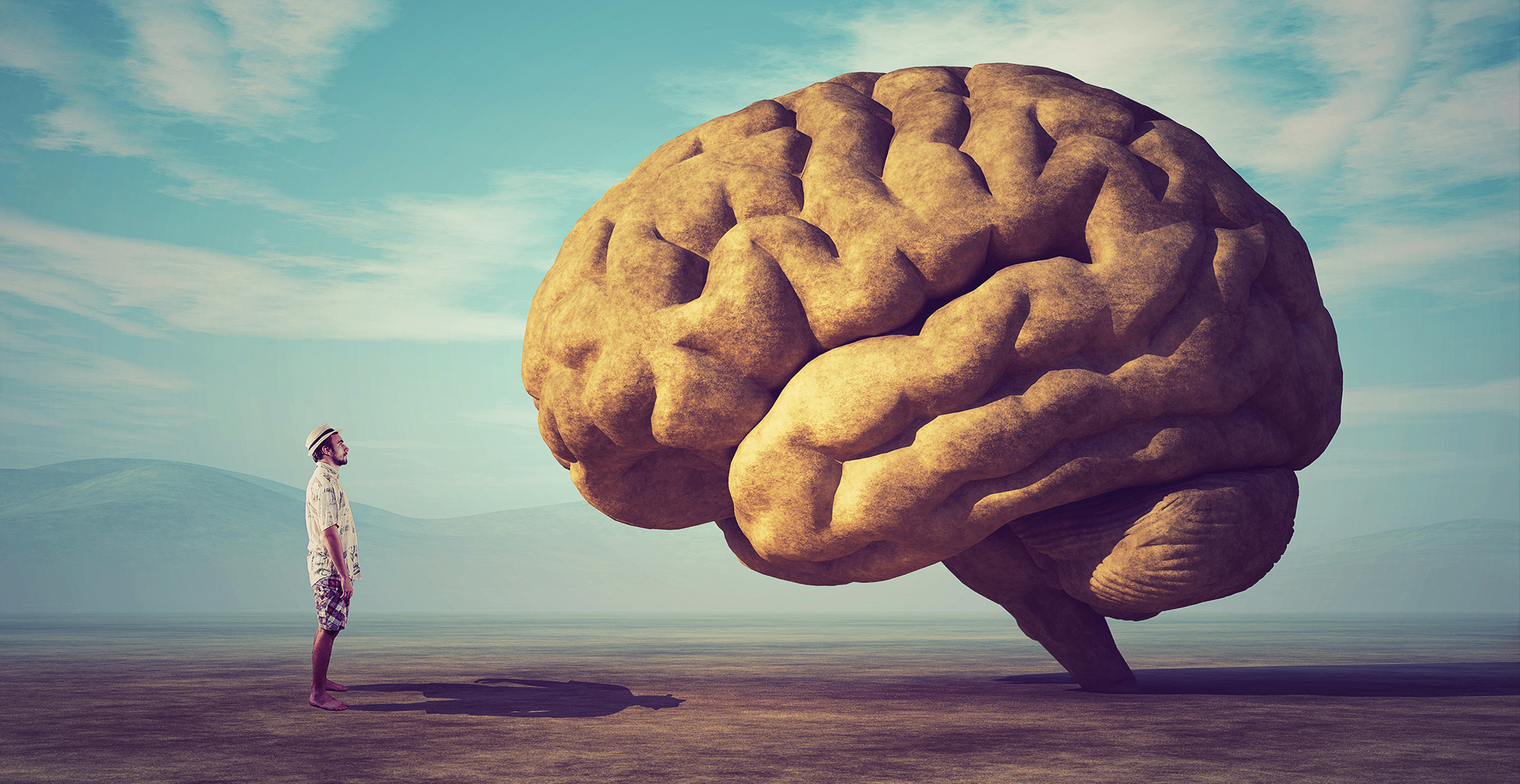

Recently, the world was taken aback by the news of a patient who had regained consciousness after 15 years of being in a vegetable state. This miraculous story was reported in an article published in Current Biology, an international journal, in September 2017.
A research team from Claude Bernard University Lyon 1, led by Professor Martina Kolazor, implanted neural electrodes into the brain of a French man whose cranial nerves had been damaged from a car accident five years before. After the implementation, the patient's brain was given electrical stimuli consistently over a period of about a month and finally he made his first move after 15 years, moving his pupils and his head side to side.
Another success story is from a patient suffering from total paralysis. Implementing neural electrodes into the patient’s brain enabled the patient to move a mouse cursor by using his thoughts alone. The power of this technology is now approaching the ability to allow high-speed typing. Behind all these incredible stories, once only possible in movies, lies neural electrode technology.
Also, nearly miraculous clinical outcomes are being reported consistently, e.g., successfully manipulating the memory of an experimental rat by stimulating its nerve cells.
The spread of the technology, however, is not as fast as expected. This is partly because of psychological resistance to or fear of directly inserting electrodes to the human body including the brain. According to a report by the Defense Advanced Research Projects Agency, an agency of the United States Department of Defense, the fundamental reason for this sluggish spread of the technology lies in the durability of these neural prosthetic electrodes—most of the time, their durability is less than one year. Accordingly, researchers across the globe are focusing on addressing these reliability issues associated with neural electrodes.
01
Development of Efficient and Reliable Neural Electrodes

To address this problem, ETRI developed flexible neural prosthetic electrodes. Existing neural prosthetic electrodes generally use Cr or Ti as a bonding metal and therefore their bonding interfaces become vulnerable to corrosion when inserted into the human body. ETRI researchers solved this problem by using Au electrodes coupled with Teflon films without the use of bonding metals such as Cr or Ti.
These Au electrodes and Teflon films are biocompatible and highly durable against chemicals. Also, researchers confirmed that the newly developed electrodes were not corroded when kept in nitric acid at 70oC for 1 hour or longer. These flexible neural prosthetic electrodes free from corrosion are expected to be applied to various other fields, such as implantable biosensors and sensors that can be used in strong acidic or basic environments.
When implanted in the brain, neural electrodes accompany another problem. Neuroglia cells are part of the brain cells that help the brain properly function. However, some of these neuroglia cells identify neural electrodes as foreign substances. Accordingly, these cells release proteins to form an insulation film on the inserted neural electrodes in an attempt to protect the brain. This problem might fall under the category of biological issues, but it nonetheless leads to a decrease in the efficiency of neural signal detection and electrical stimulation of neural electrodes.
The development of neural electrodes free from corrosion and immune response issues will significantly enhance implant stability, thereby alleviating patients’ psychological resistance and minimizing the number of operations. ETRI researchers are striving to expedite the spread of many brain-control technologies currently under verification so that these technologies can help people with neurological disorders return to normal social life and work.


02
Can We Delete Trauma from Our Minds?
There has also been a great deal of brain research at the global level on deleting or manipulating human memories, something we usually see only in movies. Like the 2017 film Ghost in the Shell, researchers are investigating how to delete old memories or add new memories.
In 2013, a joint research team of Massachusetts Institute of Technology (MIT) and RIKEN of Japan successfully manipulated the memory of an experimental rat by stimulating its nerve cells. First, using genetic engineering, the researchers produced an experimental rat whose nerve cells illuminate when they are working. The rat was put in Box I, and the researchers identified which part of its nerve cells were activated. Simply put, this activated part when the rat was in Box I is the part that it used to memorize Box I.
Subsequently, the rat was put in Box II and was given electric shocks so that it would have fearful memories of being in the box. More importantly, while the electric shocks were given, researchers stimulated the rat’s nerve cells that were used to memorize Box I. When the rat was back in Box I, the result was surprising: with its muscles tenses, it was hardly able to move as if recalling the fearful memories. The electric shocks were actually given in Box II, but this memory was changed by stimulating the rat’s specific nerve cells. In its memory, electric shocks were given in Box I as well.
Also, a research team from Harvard University succeeded in deleting fearful memories in an experimental rat. The researchers put a rat in a specific place and gave electric shocks repeatedly, making the rat have fearful memories of being in the place. Subsequently, they had the rat inhale xenon gas. Before inhaling xenon gas, the rat looked scared when put back in the place, even though electric shocks were no longer given. After inhaling the gas, the rat looked relaxed back in the place. This phenomenon is attributed to the effect of xenon gas, which effectively suppressed the activity of the rat’s nerve cells and thus prevented the rat from recalling its fearful memories.
With regard to these cases, experts argue that xenon gas has already been applied to the human body for various different purposes and hence it is highly feasible to help reduce bad memories using xenon gas. According to the experts, these successful cases raise the possibility that xenon gas could be used to treat Post Traumatic Stress Disorder (PTDS) going forward.










